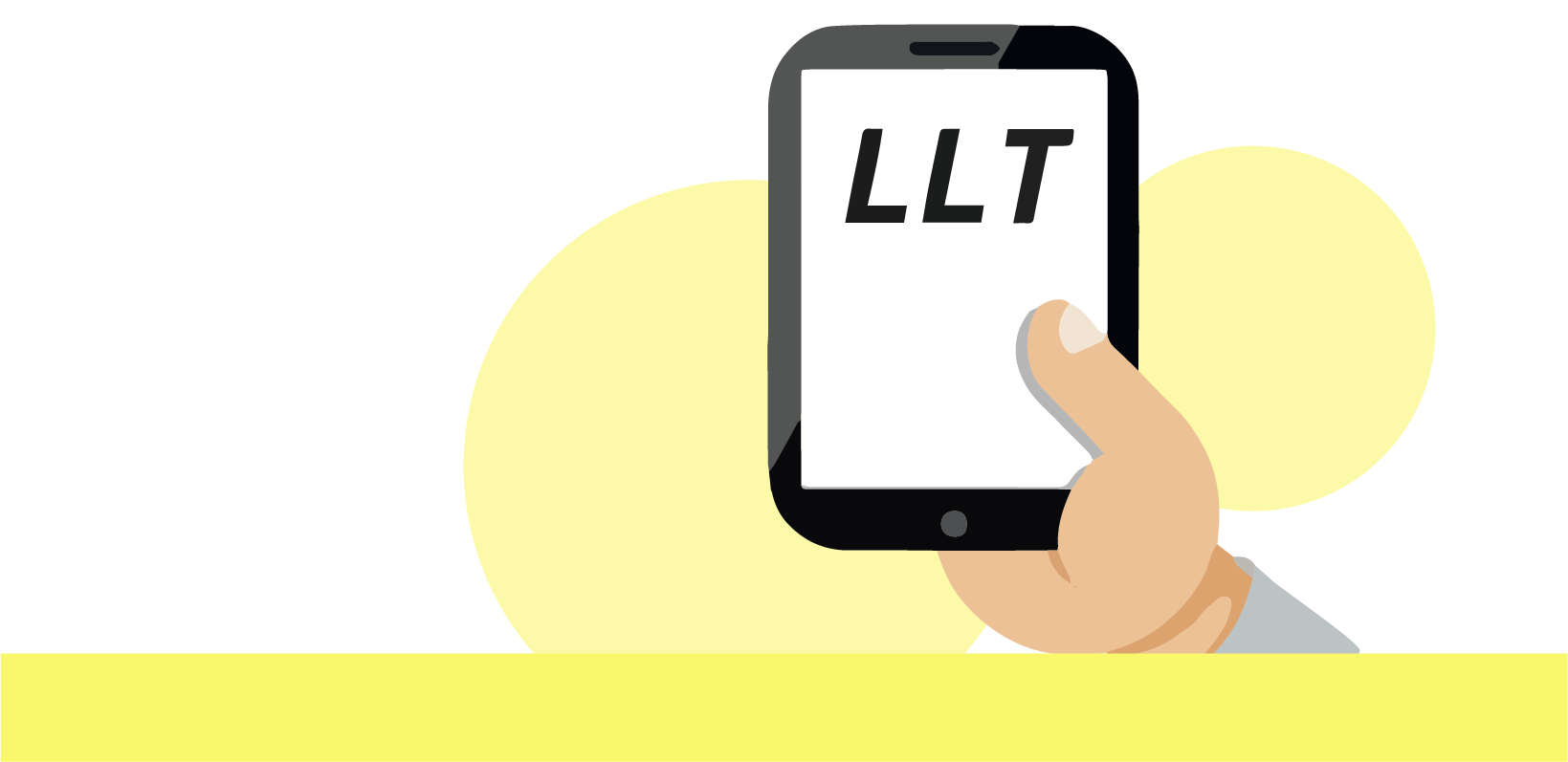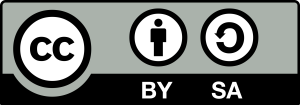#02 - Tablets in Higher Education
Using mobile devices before, during and after the course
Open bag, take out tablet, plug in – done. No booting, no unerased chalkboards, no more overhead slides. But does a tablet really have more advantages than a laptop or a chalkboard? And how can I use tablets effectively in teaching?

Application scenarios of tablets before class
In preparing for a course, a tablet has similar purposes than a regular computer with a mouse or trackpad and a keyboard. You can create files or presentations, make a screen- or slidecast1, record short videos or tutorials with the (tablet) camera and create your own blended learning scenario. If you prefer the preparation on a laptop or computer, but would like to hold your lecture using a tablet, there are no issues. In the era of cloud systems2 and ad hoc networks3, the transfer of teaching materials to tablets does not pose a challenge. On the contrary, it is an opportunity for teaching to create and access materials independently of time and place.
The advantage of preparation using a tablet lies in the fact that the mobile device can be used similarly to paper. A tablet is better suited than a laptop or computer when it comes to handwritten notes, formulas, highlighting or graphics.
Application scenarios during a course:
During a course, tablets probably offer the greatest benefit to teachers. Preprepared documents can be improved together at the students‘ pace or new documents can be created from scratch together with students.
You might be wondering if this has not already been possible with a chalkboard or overhead projector, and the answer to this is a definite ”yes“. The chalkboard will not be obsolete in teaching anytime soon! However, by using a tablet in combination with a projection device, the methodological-didactic application areas can be extended significantly:
- Advantages are not only given by digitality in and of itself, but also by the forward-facing position of the teacher (no turning away to write on the chalkboard). This facilitates an immediate grasp of what is happening in the lecture hall.
- Laptops are already being used for presentations in teaching. The switch to a tablet and stylus is a small one, but offers a wide range of new possibilities. For example, it is possible to work with prepared sketches and templates that students had access to before. This saves time to focus on the essentials.
- Unlike writing on the chalkboard, all changes and developments made on the tablet are available to students after the class and can be provided for example in the TeachCenter.
- Moreover, it is easy to make a screencast during class, in combination with a microphone. In this way, you cannot only record the result but the whole process transparently.
- Projecting the screen via the projector of the lecture hall allows you to change the size of the contents so that they are visible to all participants independently of where they sit.
In figure 1, the advantages described above can be seen applied in a practical example:
- The teacher extends the prepared material together with the students in class.
- He4 is facing the students the whole time.
- Additionally, he can write on the board during short digressions.
- The teacher is using the integrated recording system of Graz University.
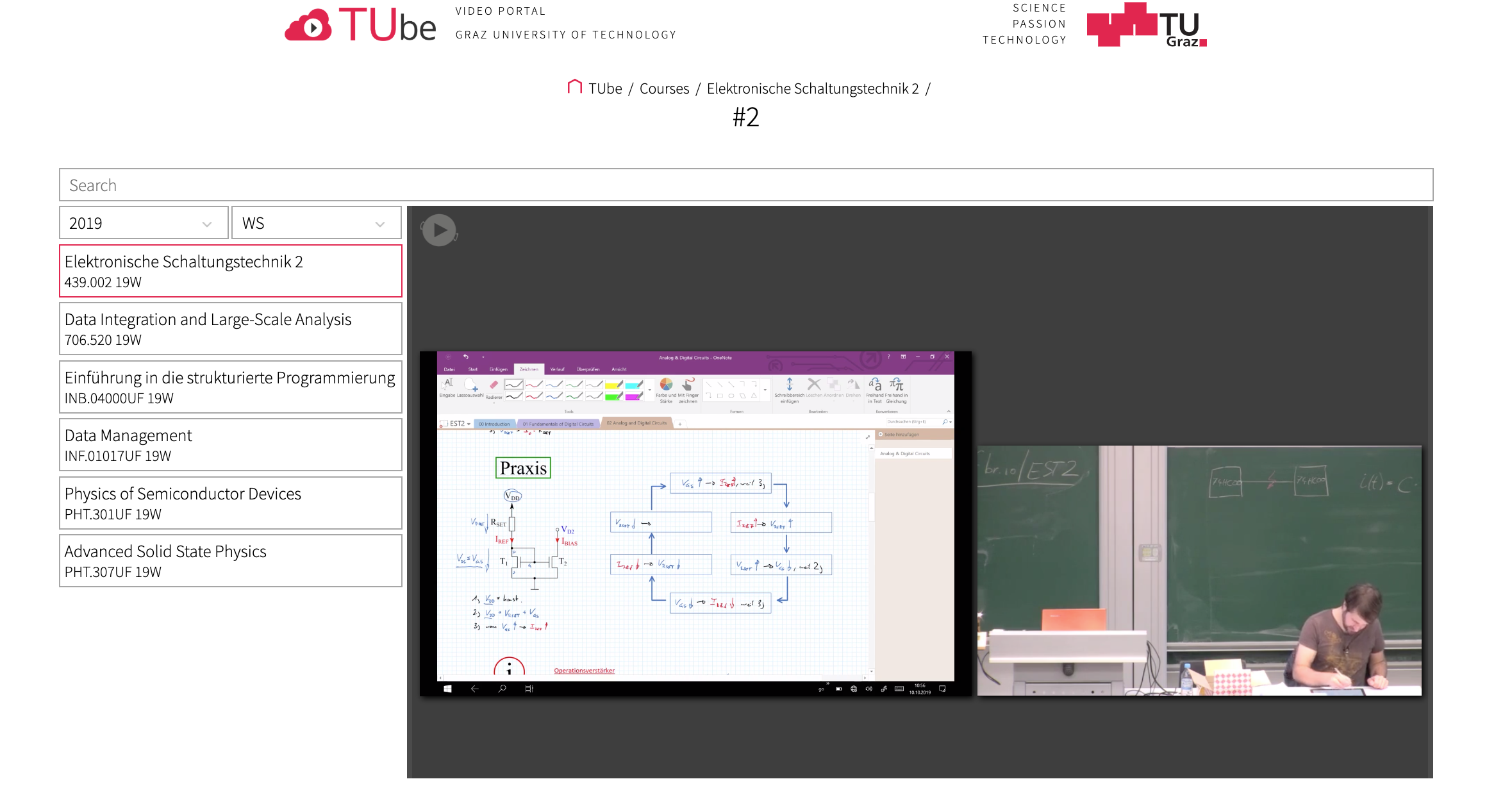
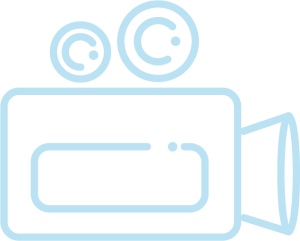
Further information on the course recording system of Graz University of Technology can be found in the article Videos in Teaching in the section Video and Animation.
Application scenarios after class:
A tablet offers a number of possibilities after class:
- Saving, exporting and distributing materials (via TUbe or TeachCenter)
- Digitally correcting students‘ submissions such as lab reports or papers directly in the TeachCenter
- If necessary, reworking and adding to the materials (e.g. adding interactivity in videos with H5P5)
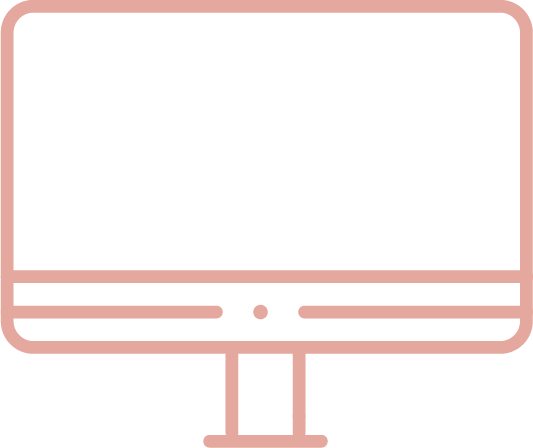
Further information on digital corrections can be found in the article Best practice example tablets in the section TeachCenter.
More tips on using tablets:
- GoodNotes (iOS; notebook program and structuring tool)
- Microsoft OneNote (Windows, iOS & Android; notebook program and structuring tool)
- Explain Everything (Windows, iOS & Android; create digital whiteboards and screencasts)
- Nextcloud (available as a desktop app)
- styluses (depending on device): Apple Pencil, Logitechn Crayon, Adonit Pixel
- PaperLike screen protector to allow for paper-like feeling when writing
As a service of the OU Educational Technology, we would be happy to lend you tablets for testaing them in your course. Feel free to request individual consultation. We are happy to share our experiences with you.
If you are a best practice example for teaching with tablets, please share your experiences so that they can be useful to others.
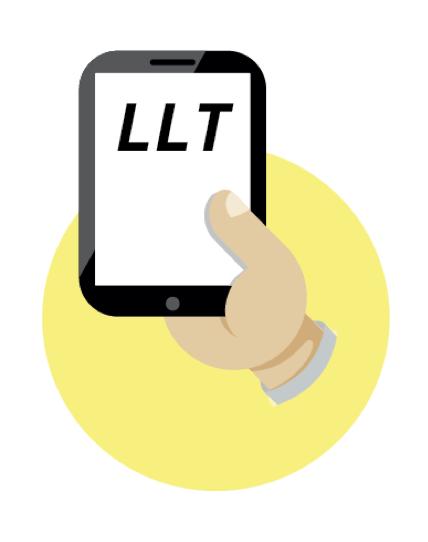
Footnotes
1 A screencast is a recording of what happens on the screen in the form of a video. Similar to a screenshot, which is a single caption of the screen, the screencast is a sequence of such images. The term slidecast refers to a recording of presentation slides on the screen. Further reading on screencasts and educational videos: Schön, Sandra & Ebner, Marin (2013) Gute Lernvideos. So gelingen Web-Videos zum Lernen! (available in German)
2 for example TU Graz Nextcloud
3 for example AirDrop on devices using iOS
4 The male form was chosen since the teacher in the photo is male. In the photo: Michael Fuchs, Dipl.-Ing. BSc, Institute for Electronics
5 In the TU Graz TeachCenter, you can make your educational video even more appealing with H5P. H5P allows you to add multiple choice questions, gap fills, popup text and other interactions directly in your videos.
